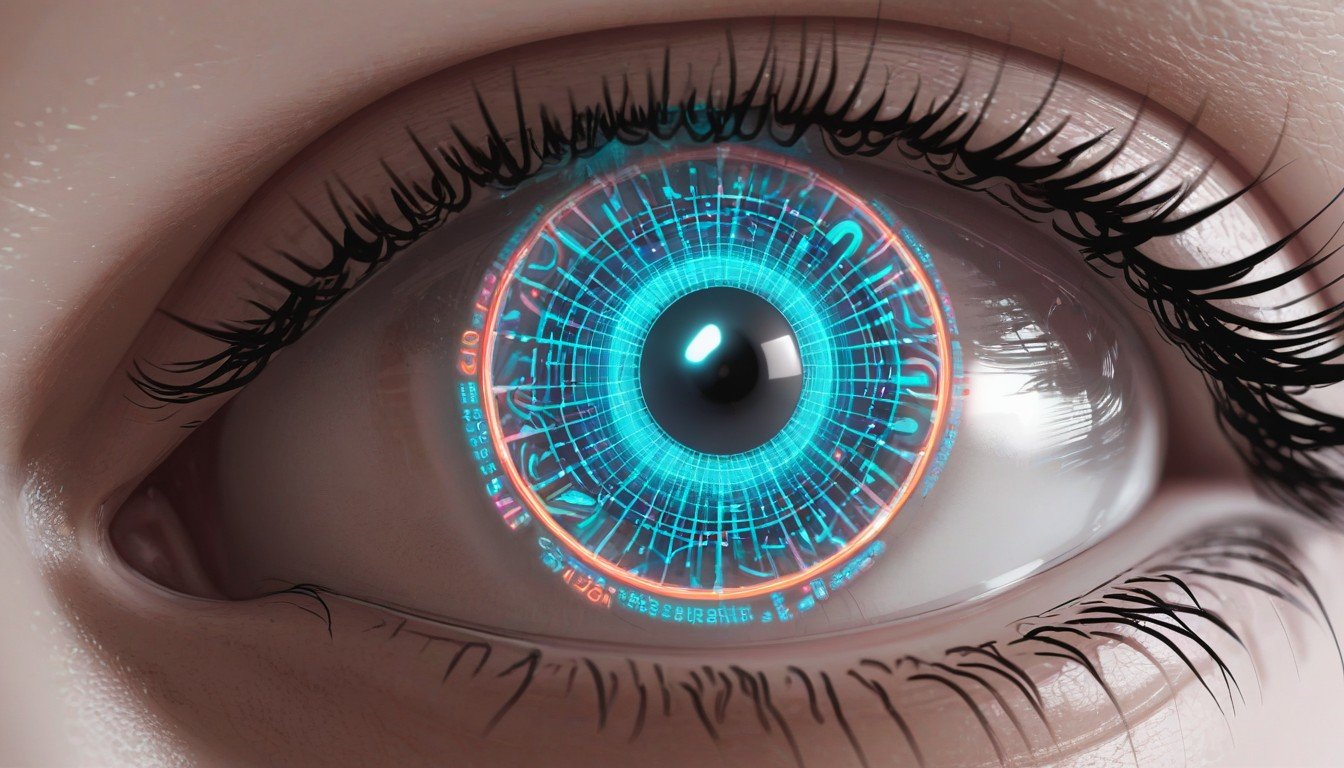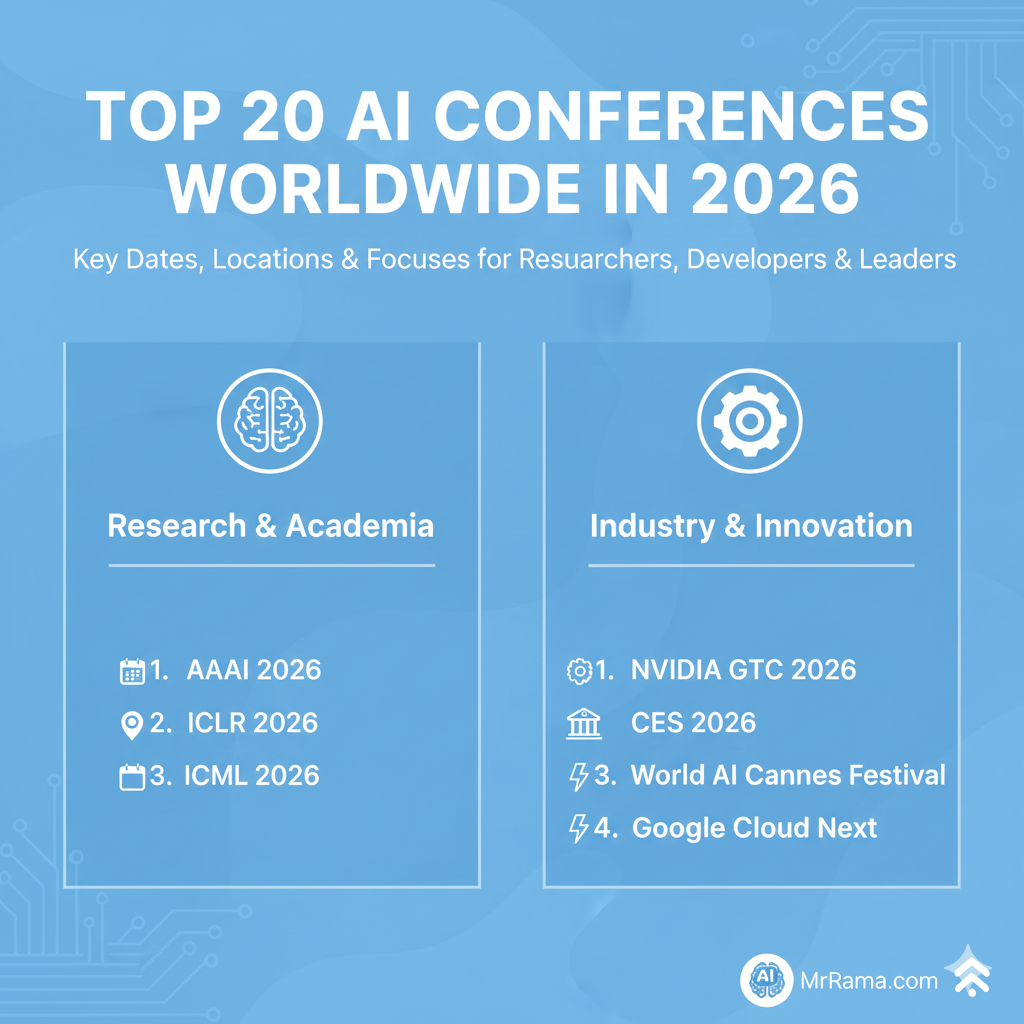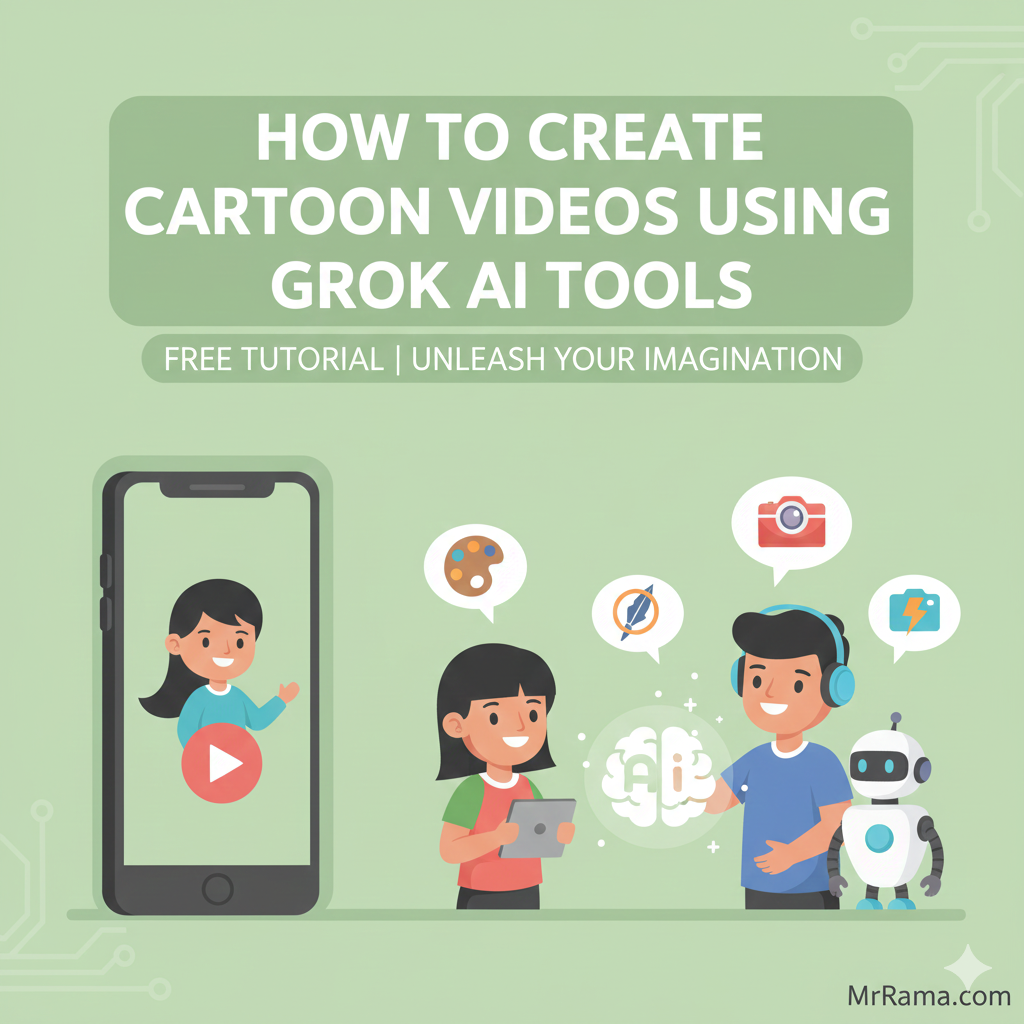Imagine tiny, intelligent devices nestled comfortably in your eyes, not just correcting your vision but also enhancing it, monitoring your health, and even augmenting reality. This isn’t science fiction; it’s the cutting edge of AI-powered contact lenses, and their potential to revolutionize healthcare and our daily lives is nothing short of remarkable.
Beyond Perfect Vision: A Glimpse into the Future
Today’s contact lenses mainly focus on correcting refractive errors like nearsightedness and farsightedness. But AI-powered lenses are poised to do much more. Here’s a peek into their exciting capabilities:
- Disease Detection and Monitoring: Imagine lenses that continuously monitor your tear composition and intraocular pressure, detecting early signs of glaucoma, diabetes, and other eye diseases. This could enable early intervention and prevent vision loss.
- Augmented Reality Overlays: Overlaying information onto your real-time view, these lenses could provide directions, translate languages, and even display vital health metrics. Imagine a world where recipes appear as you cook, foreign signs translate automatically, and your workout stats flash before your eyes.
- Enhanced Vision: For people with low vision, AI lenses could magnify objects, adjust contrast, and even correct for specific visual impairments. This could drastically improve their independence and quality of life.
- Drug Delivery and Therapy: Tiny microfluidic channels within the lens could deliver medication directly to the eye, providing targeted treatment for conditions like glaucoma and macular degeneration. This could eliminate the need for eye drops and improve treatment efficacy.
The Power of AI Under Your Lids
These futuristic features rely on a complex interplay of technologies:
- Microchips and Sensors: Embedded within the lens, these tiny components collect data about your eye health, vision, and surrounding environment.
- AI Algorithms: These algorithms analyze the collected data and generate insights, driving the lens’s functionalities and adapting to your needs.
- Wireless Communication: Lenses can communicate with external devices like smartphones or smart glasses, transmitting data and receiving commands.
Challenges and Considerations
Despite the immense potential, AI-powered contact lenses face hurdles:
- Battery Life: Powering these tiny devices remains a challenge, requiring innovative solutions like energy harvesting or ultra-low-power electronics.
- Biocompatibility and Safety: Ensuring the lenses are comfortable, non-irritating, and safe for long-term wear is crucial.
- Data Privacy and Security: Protecting sensitive health data collected by the lenses requires robust security measures and ethical considerations.
- Cost and Accessibility: Making these advanced lenses affordable and accessible to everyone remains a challenge that needs to be addressed.
The Future is Bright, But Not Without Focus
Despite the challenges, the potential of AI-powered contact lenses is undeniable. As technology advances and research continues, these tiny marvels could soon become commonplace, revolutionizing healthcare, enhancing our daily lives, and reshaping our relationship with the world around us.
Beyond the Hype: A Look at the Present
While futuristic functionalities like AR overlays are still in development, some AI-powered contact lenses are already making a difference:
- Mojo Vision: Their lens, currently in clinical trials, displays information and images directly onto the retina, aiding people with low vision.
- Sensimed Triggerfish: This FDA-approved lens monitors intraocular pressure for glaucoma patients, helping doctors manage the disease effectively.
- Google’s Smart Lens Project: Though still in its early stages, this project aims to develop a lens that monitors blood sugar levels through tear analysis, potentially benefiting diabetics.
The Next Chapter in Human-Machine Symbiosis
AI-powered contact lenses represent a fascinating convergence of technology and biology, blurring the lines between human and machine. While ethical concerns and technical hurdles remain, the potential benefits for health, well-being, and human augmentation are truly staggering. As we move forward with this eye-opening technology, let’s ensure it serves to empower and enhance humanity, keeping the focus on what matters most: our vision for a brighter future.




